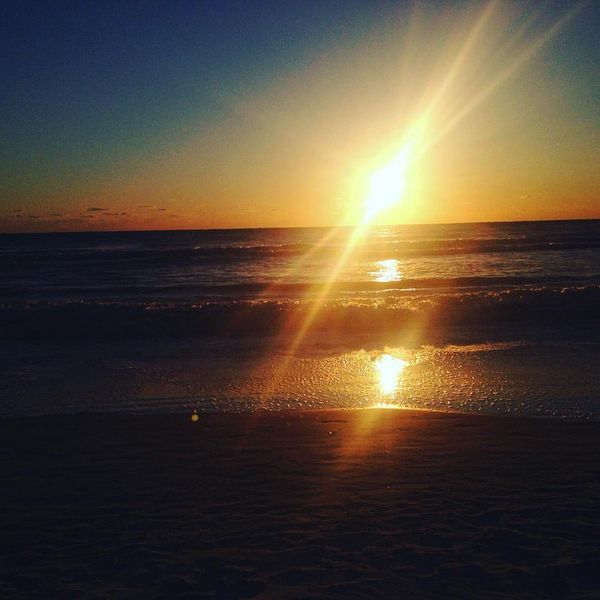When I was a little kid, I had always wanted to do the impossible and to do crazy things with my life like climbing the tallest mountain in the world, Mount Everest. Having a young and imaginative mind, it seemed pretty easy to accomplish. It was just like any other mountain, but growing up has shown me that reaching the summit of Mount Everest could potentially be one of the last things I do.
Currently, Mount Everest stands tall at about 29,029 ft above sea level. To put that into perspective, Stone Mountain is 1,686 ft tall. Everest is about 17 times taller than the largest exposed piece of granite in the world which is huge. The higher you climb the mountain, the less oxygen you get due to the atmospheric pressure. You would be breathing about one-third of the amount of oxygen which you would normally breathe. This requires you to bring oxygen tanks with you on top of the amount of clothes, food, water, and tents you would bring. Because of the amount of energy the climbers use when climbing and surviving, they burn an average of ten thousand calories a day. Seeing that most adults intake about two thousand calories a day, you would need to consume about five days worth of food just to survive.
Even through years and years of training to prepare to battle the beast, your chances of surviving the climb are pretty slim. At least one person has died on Everest every single year since 1969, and the safest year was when one hundred and twenty nine people reached the summit, but eight died. About one in every ten successful climbs to the summit end with death. You have a higher chance of dying on Mount Everest than dying in a car accident which is one out of every four thousand people.
Mount Everest is becoming more and more dangerous to climbers both amateurs and professionals. Just recently, Maria Strydom as well as three others died on the mountain due to altitude sickness. Avalanches have taken thirty five lives in the past two years, including a devastating avalanche in 2014 killing about sixteen climbers in one day. These victims are not just foreigners but include native Sherpas that help and guide climbers up the mountain.
Some of the potential killers are obvious such as hypothermia, frostbite, and even high-altitude coughs which have lead to breaking ribs and even the lungs. One killer that not many people expect to be is extreme heat. The snow and ice on the mountain act as a reflector which bounces off the sun's glare which could lead to sun burns, blindness, and even temperatures up to ninety degrees.
Seeing all the facts and numbers have really opened my eyes on my childhood dream. Climbing the tallest mountain in the world is possible. Many people have done it successful and have returned to their families safe and sound. Others are not so lucky. It all depends on how much you have prepared for the journey, and sometimes, it's mother nature's call whether your trip will be windy or prone to avalanches that day. For those who wish to pursue the mountain, I wish you the best of luck, but for me, I don't plan on conquering that challenge in the near future.





















